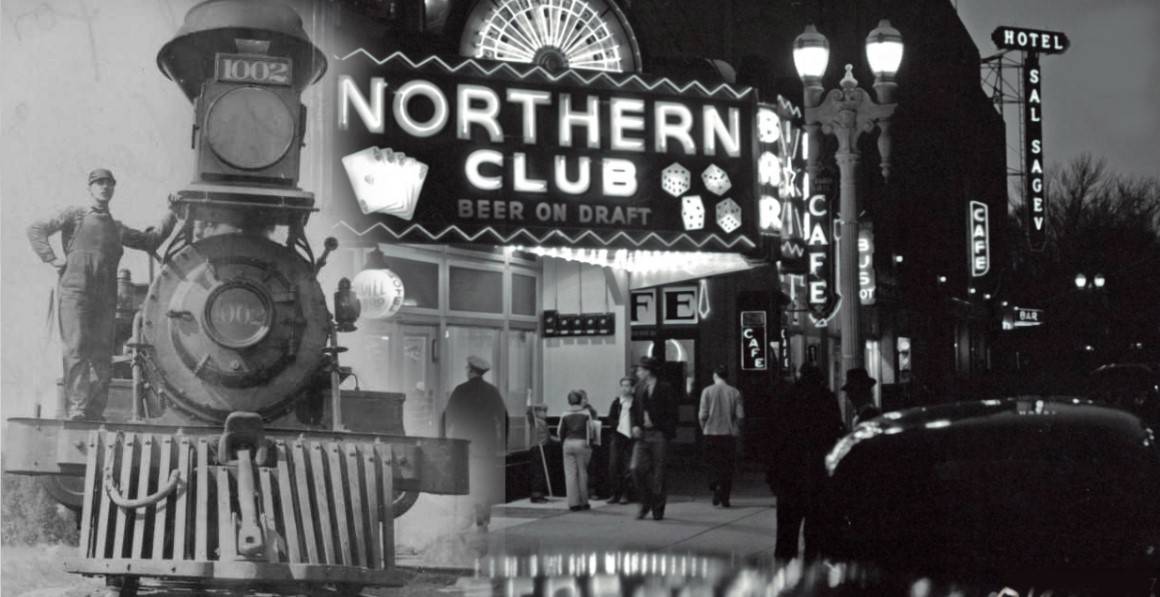
Railroad Development Paved the Way for Las Vegas to Become the Gambling Capital of the World
In the early years of Las Vegas, the presence of railway companies played a significant role in the expansion of the city and its emergence as a gambling hub. Among the notable railway companies involved were Tonopah and Tidewater Railroad, San Pedro, Los Angeles, and Salt Lake Railroad (SPLAS), and Union Pacific Railroad.
Tonopah and Tidewater Railroad: The Tonopah and Tidewater Railroad (T&T) played a crucial role in connecting Las Vegas to other mining towns and cities in Nevada and California. Established in the early 20th century, the T&T primarily served the mining interests of the region, helping transport valuable ores and minerals. Its tracks reached out to remote areas like Tonopah and Beatty, facilitating the movement of goods and people. The presence of a reliable railway link provided a lifeline to the burgeoning Las Vegas, enabling the transport of construction materials, supplies, and visitors.
As Las Vegas expanded, the T&T also played a pivotal role in fostering tourism and entertainment, with its rail connections facilitating the influx of visitors eager to experience the city’s growing gambling and entertainment scene. The railway helped to establish a steady stream of tourists, many of whom were drawn to the gambling fraternity that was beginning to take shape.
San Pedro, Los Angeles, and Salt Lake Railroad (SPLAS): The San Pedro, Los Angeles, and Salt Lake Railroad (SPLAS) was another vital player in the development of Las Vegas. This railroad, often referred to as the Salt Lake Route, was a major transportation artery connecting Southern California to Salt Lake City and other points north. The SPLAS played a pivotal role in bringing visitors from Los Angeles and other Southern California cities to Las Vegas.
The SPLAS provided a reliable and efficient means of transportation for tourists seeking the excitement and entertainment that Las Vegas had to offer. As the popularity of gambling and entertainment grew, the railroad enabled the steady flow of visitors, contributing to the economic growth of the city. The railway’s presence also facilitated the movement of goods, allowing Las Vegas to receive essential supplies and equipment necessary for its development as a gambling destination.
Union Pacific Railroad: The Union Pacific Railroad, one of the most well-known and significant railway companies in the United States, also played a role in the expansion of Las Vegas and its gambling community. The railroad had a major line that passed through Las Vegas, connecting the city to other major urban centers across the country. This connection proved crucial in attracting visitors and facilitating the growth of the city’s entertainment and gambling industry.
The Union Pacific Railroad’s efficient transportation network made it possible for tourists and gamblers to travel to Las Vegas with relative ease. The accessibility provided by the railroad contributed to the city’s reputation as a destination for excitement and recreation. The railway’s reach extended far and wide, bringing people from different parts of the country to experience the unique atmosphere and offerings of Las Vegas.
In conclusion, the various railway companies, including Tonopah and Tidewater Railroad, San Pedro, Los Angeles, and Salt Lake Railroad (SPLAS), and Union Pacific Railroad, played integral roles in the expansion of Las Vegas and its emergence as a prominent gambling destination. These railroads facilitated the movement of people, goods, and capital, which in turn supported the growth of the city’s gambling fraternity. The accessibility provided by these railways helped transform Las Vegas into the entertainment capital it is known as today.
The growth of gambling in Las Vegas was significantly influenced by the presence and expansion of railways.
Las Vegas History:
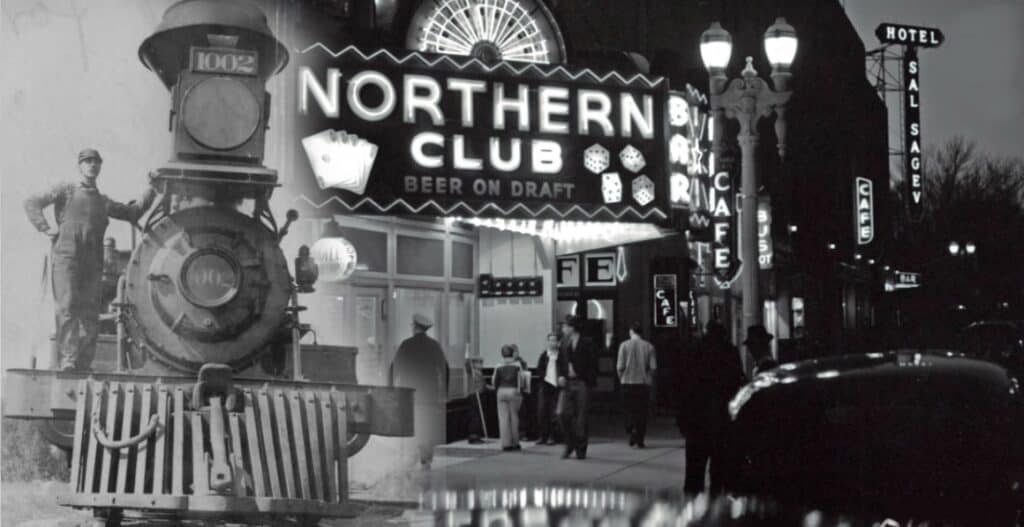
Las Vegas History: Railroad Development Paved the Way for Las Vegas to Become the Gambling Capital of the World
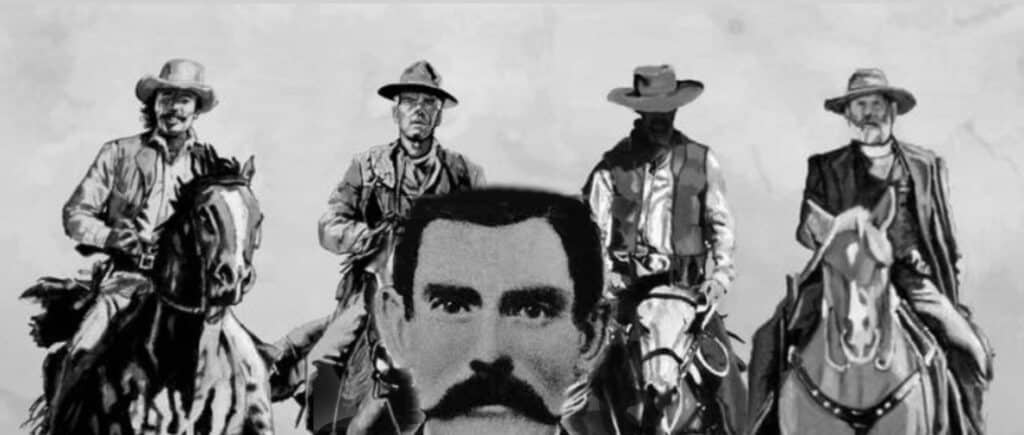
Las Vegas History: Doc Holliday Famous Gambler Gunslinger and Resident of Las Vegas
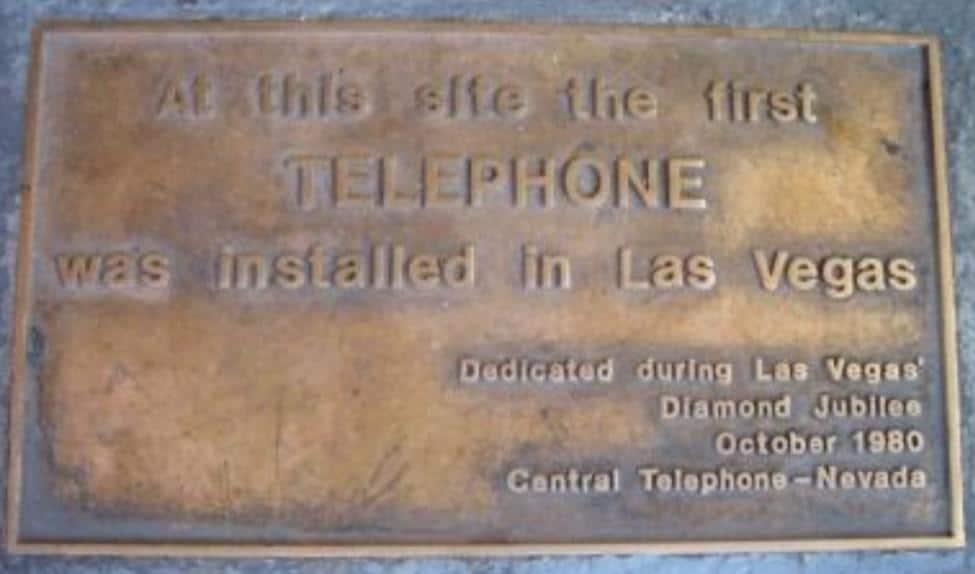
Las Vegas History: How Las Vegas’ First Telephone Exchange Made Bugsy Siegel’s Race Wire Possible

Las Vegas History: The Official Naming of Las Vegas 1905
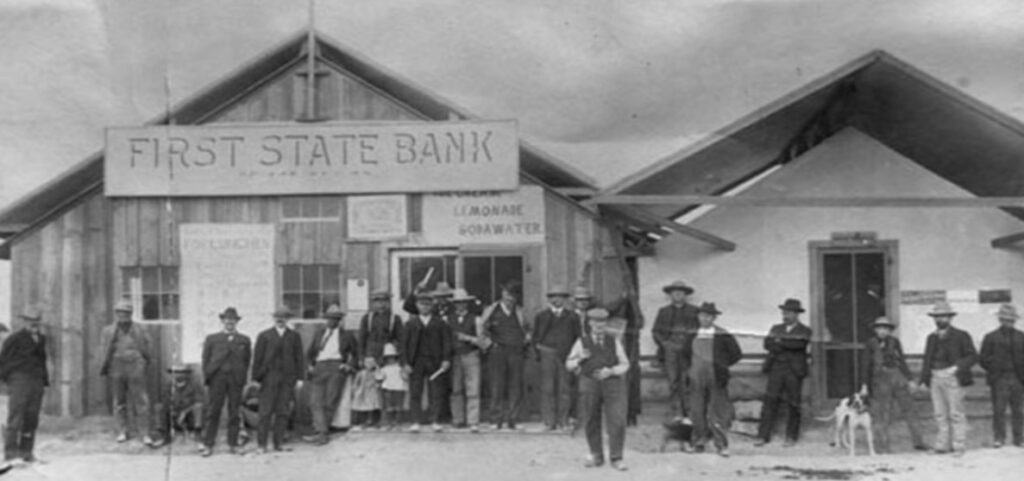
Las Vegas History: 1864 Las Vegas The Impact of Nevada Statehood

Las Vegas History: Las Vegas and It’s Vices in the 1850s
Frequently Asked Questions (FAQs)
1. How did railways contribute to the early development of Las Vegas?
Railways, including Tonopah and Tidewater Railroad, SPLAS, and Union Pacific Railroad, played a crucial role in the expansion of Las Vegas by facilitating the transport of goods, people, and supplies.
2. What was the role of the Tonopah and Tidewater Railroad in Las Vegas’s development?
The Tonopah and Tidewater Railroad connected Las Vegas to mining towns, enabling the transport of ores and minerals. It also played a pivotal role in fostering tourism and supporting the city’s growing gambling and entertainment scene.
3. How did the San Pedro, Los Angeles, and Salt Lake Railroad (SPLAS) contribute to Las Vegas’s growth?
SPLAS, known as the Salt Lake Route, provided efficient transportation for visitors from Southern California to Las Vegas. This railway played a vital role in bringing tourists and gamblers to the city, contributing to its economic development.
4. What significance did the Union Pacific Railroad have in Las Vegas’s gambling history?
The Union Pacific Railroad connected Las Vegas to major urban centers across the country, making it accessible to a wide audience. This accessibility contributed to the city’s reputation as a destination for excitement and recreation.
5. How did railways support the gambling and entertainment industry in Las Vegas?
Railways facilitated the movement of tourists, supporting the growth of Las Vegas’s gambling and entertainment industry. They provided a reliable means of transportation for visitors seeking the city’s unique offerings.
6. Did the railways contribute to the economic growth of Las Vegas?
Yes, railways contributed significantly to Las Vegas’s economic growth by enabling the transport of goods and capital. They played a key role in establishing the city as a thriving destination.
7. Were railways instrumental in establishing Las Vegas as an entertainment capital?
Absolutely, railways facilitated the influx of visitors, helping establish Las Vegas as an entertainment capital. They contributed to the city’s vibrant atmosphere and supported the growth of its entertainment industry.
8. Which railway companies were involved in Las Vegas’s early development?
Tonopah and Tidewater Railroad, San Pedro, Los Angeles, and Salt Lake Railroad (SPLAS), and Union Pacific Railroad were notable railway companies involved in Las Vegas’s early development.
9. How did the railways make Las Vegas accessible to tourists and gamblers?
The efficient transportation network provided by railways, especially SPLAS and Union Pacific, made it easy for tourists and gamblers to travel to Las Vegas, contributing to its accessibility.
10. What is the lasting impact of railways on Las Vegas’s gambling history?
The impact of railways on Las Vegas’s gambling history is enduring. They laid the foundation for the city’s growth, accessibility, and transformation into the iconic gambling and entertainment destination it is today.





